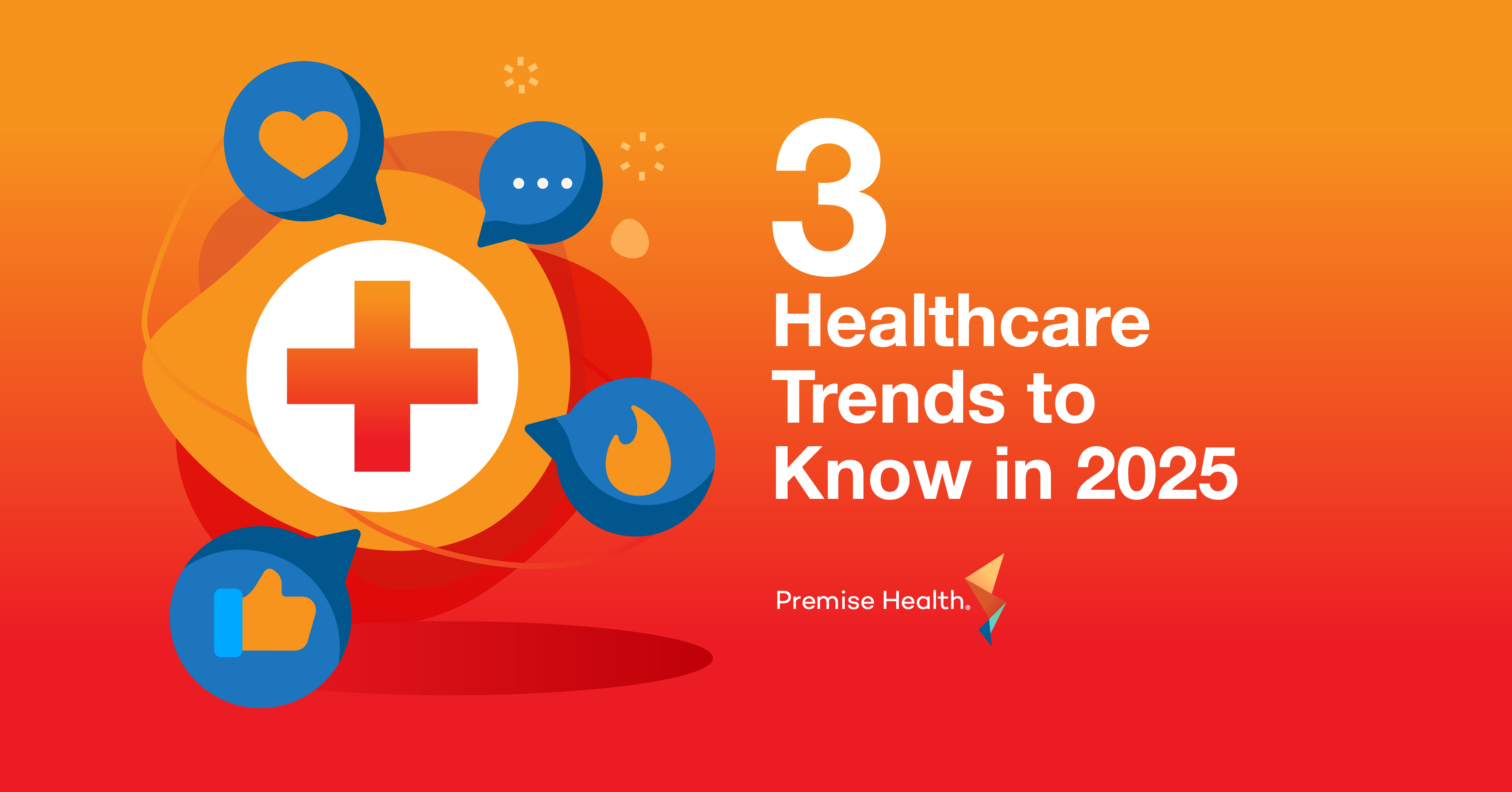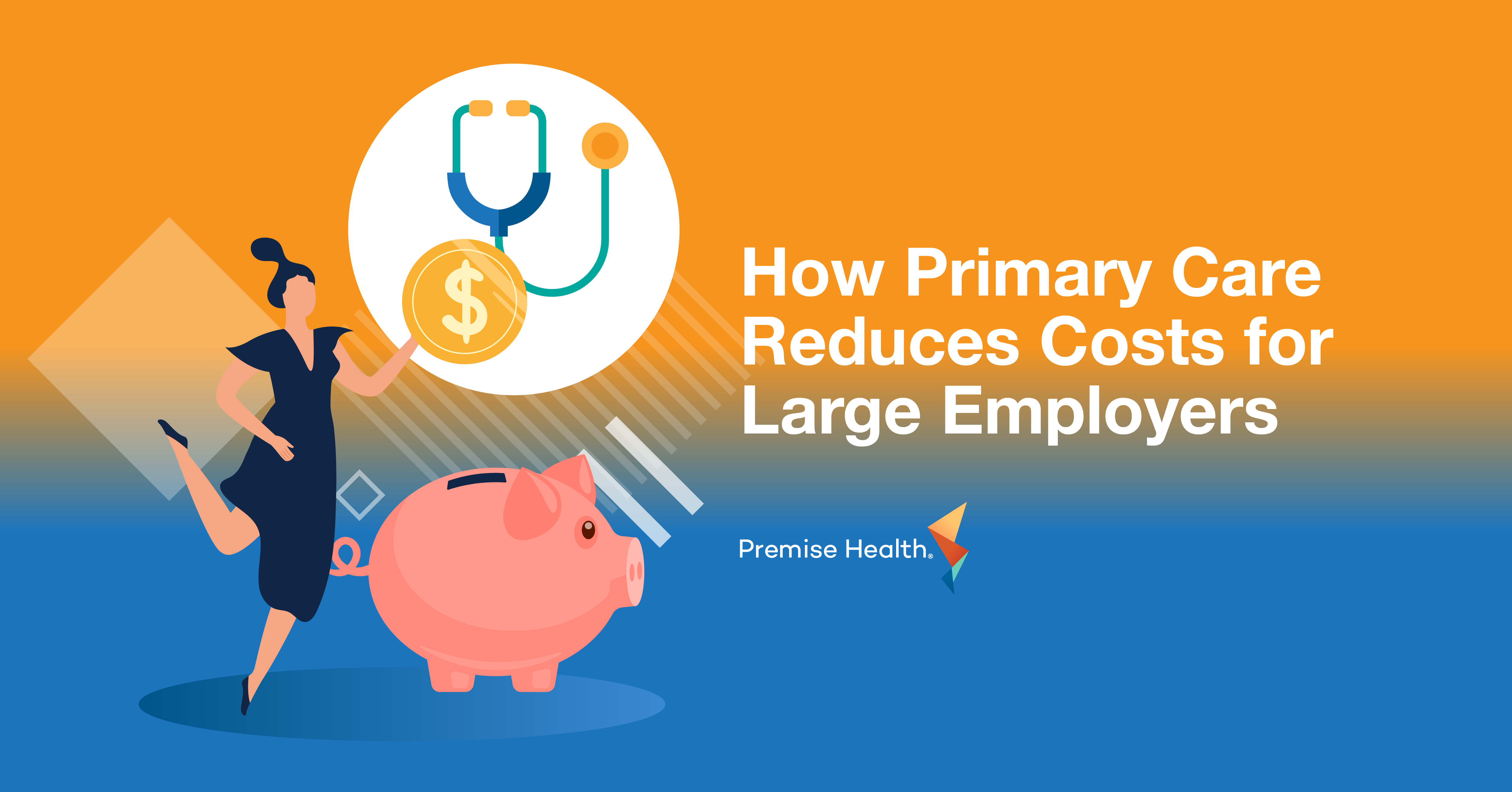How to Help Your Employees Make the Most of Their Retirement Benefits
In a tight job market, job seekers have come to expect employers will offer a variety of benefits. As an HR leader, what are you offering to attract top talent? From health insurance to tuition reimbursement to remote work, there are a variety of perks an organization can choose to offer to their people. A top benefits choice many candidates are looking for is a retirement savings plan.
If you’re offering retirement benefits to your employees, it’s important to make sure they’re being utilized. Some employees may struggle to comprehend how a retirement savings plan works or may not be aware of how best to utilize what you offer. Read on to get the basics on what your employees need to know and how you can ensure your people are making the most of their retirement benefits.
Retirement Benefits 101
Always ensure your employees understand what choices they have before enrolling. They need to know a 401(k) is offered through their employer but that they also have the option to start an Individual Retirement Account (IRA) outside of what your benefits package offers. Other important retirement basics include:
401(k)
A 401(k) is a retirement savings plan sponsored by an employer. It allows employees to contribute pre-tax dollars from their paycheck directly to their fund. Many companies offer a match for 401(k) contributions where they will match the amount an employee saves up to a certain percentage. 401(k) contributions also reduce the taxable income of each individual, as the money is coming out of their paycheck before taxes are deducted. The annual 401(k) contribution limit for 2020 is $19,500.
IRA
An IRA is typically administered outside of an employer sponsored 401(k) plan, so contributions are made after taxes are taken out of employee paychecks and managed on an individual basis. For 2020, the annual contribution limit for IRA accounts is $6,000. However, employees over the age of 50 have a limit of $7,000. Because IRA’s are not employer-sponsored, there are no matching contributions.
Once your employees can navigate the differences between a 401(k) and an IRA, it’s easier for them to choose the best fit.
Offer Competitive Options
As an HR leader, you want your company to stand out from the pack. At a minimum, make sure your benefits are stacking up with similar companies in your market, but be aware packages can vary based on your population size, average population age, and your organization’s financial health. Typically, employers offer the following based upon their size:
• Employers with less than 2,500 employees typically offer a 401(k) or IRA access, with or without employer contributions.
• The industry standard for mid-size employers, those with 2,500-5,000 employees, is a 401(k) plan with an employer match, anywhere from 3 percent and up.
• Companies with over 10,000 employees offer a 401(k), but they typically increase match percentages up to 10 percent.
If you offer a match, be sure your requirements to receive it are clear, such as a minimum amount of time worked for your company.
Provide Opportunities to Invest Wisely
Your company match provides a great incentive for your employees to start a fund and watch their balance increase from their contributions. But you want your people making the most of the match you offer. Most advisors and experts recommend contributing at least enough to get the full company match, so encourage your team members to do the same.
If you don’t already, offering your people the opportunity to make diverse investments can set you apart from other employers who may only have a handful of investment options. This allows them to invest in a variety of places, such as stocks, bonds, and a mix of companies. If employees are more than ten years away from retirement, experts suggest they make diverse investments. Consider encouraging employees to use target date fund options, which are a collection of multiple investment options that adjust automatically around every five years based on an employee’s retirement age. For example, a 25-year-old will have higher risk investments than a 55-year-old, who will have more investments in established stocks and bonds and less risky funds.
Focus on Growth
An important point to stress to your people is their contributions should be growing as they grow with the company. On average, most advisors suggest that as age increases, so should the dollar amount being contributed to the 401(k). The age of your employees should dictate how their investments are trending:
• 20-30: Tend to be more risk tolerant, so this is the time to invest more in stocks and technology companies.
• 30-40: Tend to invest in more stocks than bonds, but they are also more invested in domestic companies.
• 40-50: Begin to balance out between stocks and bonds, so their portfolios are typically the most diverse.
• 50+: Start to focus more on bonds and money market funds to create less risk with their account.
Innovative Additions
If your retirement benefits are already highly utilized by the people in your organization, it could be a good time to think about adding additional financial wellness benefits to further your competitiveness in the market. The following possibilities have been trending upward over the past three to five years:
• Provide funding to your employees’ Health Savings Accounts
• Offer tuition reimbursement or student loan repayment
• Provide one-on-one financial counseling through an investment advisory service or Employee Assistance Program (EAP)
• Provide financial wellness webinars and education sessions, such as budgeting 101, saving for a home, and ensuring financial health after retirement.
As an HR leader, it’s a top priority to ensure your employees are taking full advantage of their retirement benefits to start planning for their futures. What you offer to your people can impact your organization’s growth and retention, so confirm you’re keeping up with market trends and begin taking steps to set yourself apart from your competition!
This blog post is intended for informational purposes only, does not constitute legal or financial advice, does not necessarily reflect the opinion of Premise Health, its officers, directors, employees, affiliates or agents, and is not guaranteed to be correct, complete, or updated. Consult with your benefits, legal, or financial professional for advice in those areas. This blog contains links or references to other resources on the Internet that may be of interest but are not intended to state or imply that Premise Health sponsors, is affiliated with, or is legally authorized to use those sites.
Next on industry insights.

3 Healthcare Trends to Know in 2025
Read the Blog
How Primary Care Reduces Costs for Large Employers
Read the Blog